Amazon Seller Guide 2025
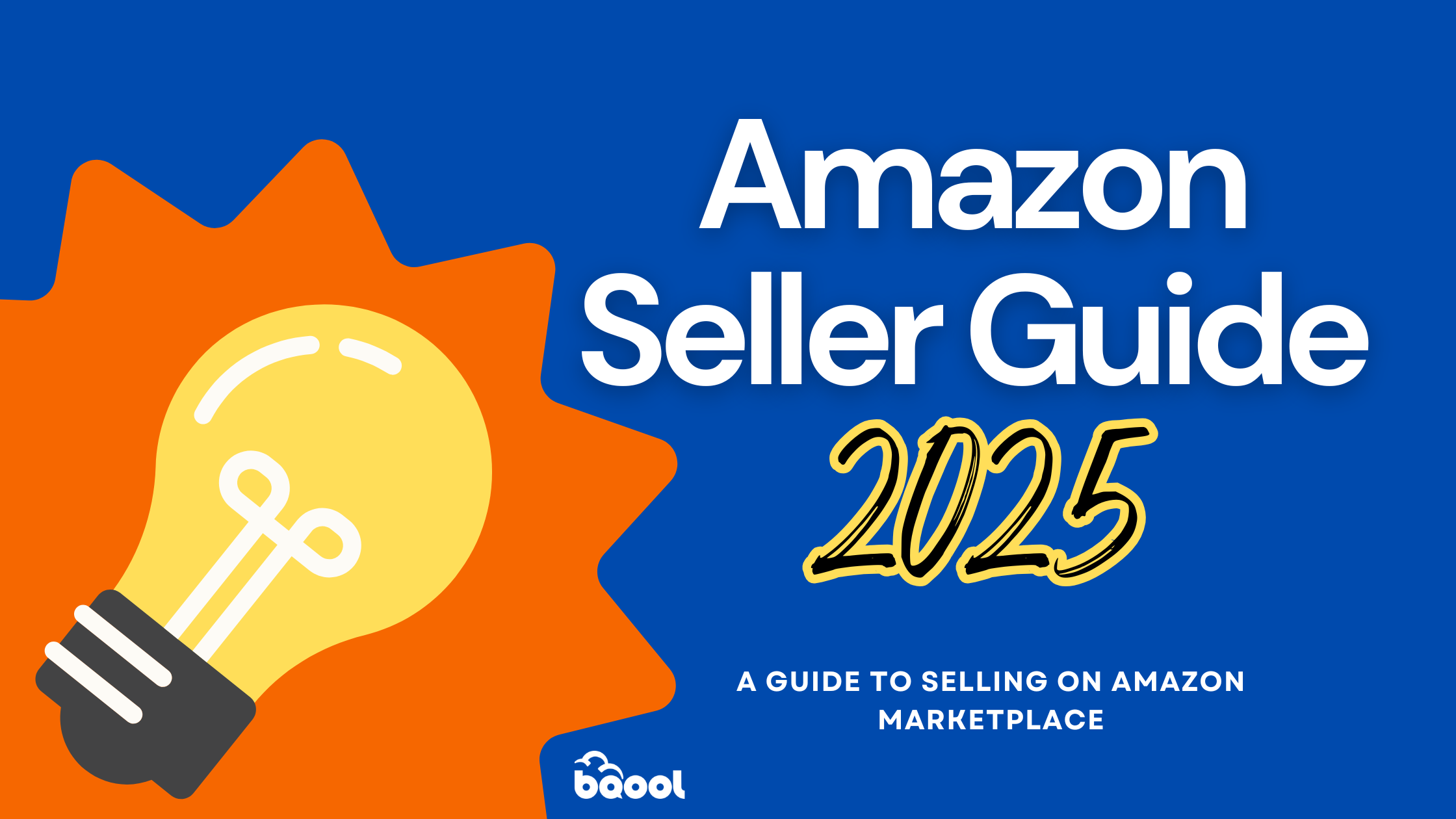
This amazon seller guide will walk you through everything you need to know to start and grow a successful Amazon business in 2025.
Amazon Seller Guide Overview
Whether you’re a complete beginner or looking to refine your strategies, through this article you’ll:
1. Discover why you should sell on Amazon
2. Find the right Amazon business model for you
3. Know how to set up your Amazon seller account
4. Learn the difference between FBA vs. FBM
5. Understand Amazon’s Fees
6. Find winning products on Amazon
7. Be prepared for Peak Seasons on Amazon
8. Optimize your listings for maximum visibility
9. Understand Amazon’s Key Performance Metrics
10. Learn about the different kinds of Amazon PPC
11. Avoid common mistakes when it comes to shipping and logistics
12. Learn how to handle returns and refunds effectively
Why Sell on Amazon?
Thinking about diversifying your income, starting a new hobby, or stepping into entrepreneurship? Amazon Marketplace is the perfect launchpad. Dominating 39.5% of global e-commerce sales and generating a staggering $491.65 billion in revenue in 2024 (eMarketer, 2024), Amazon outpaces competitors like Walmart (20.5%) and Shopify (15%). With over 9.7 million active sellers and a massive 200+ million Prime members worldwide (JungleScout Amazon Seller Report, 2025), the opportunities are endless. Whether you’re new to selling or looking for expert tips to level up, this guide has everything you need to succeed.
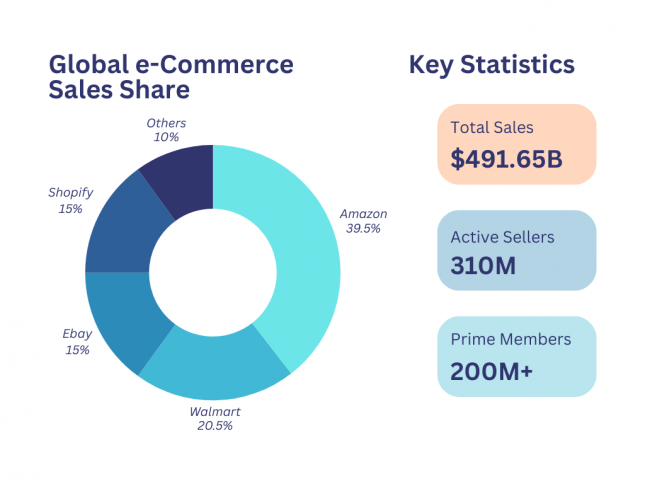
🎧Listen to this podcast to discover Sheryl’s journey and learn how to automate your business for 7-figure success!
With over 310 million customers worldwide, 80% based in the US, Amazon is a top e-commerce platform that’s easy to access. It has a vast, ready-to-buy audience with over 200 million Prime members who are willing to spend more. The regional seller distribution shows that the United States has 1.9 million sellers, accounting for 37.82% of the market share. The United Kingdom follows with 281,000 sellers, making up 9.54% of the market share. Germany has 244,000 sellers with an 8.30% market share, Italy has 217,000 sellers with a 7.36% market share, and France has 212,000 sellers with a 7.19% market share. (Helium10, 2025)
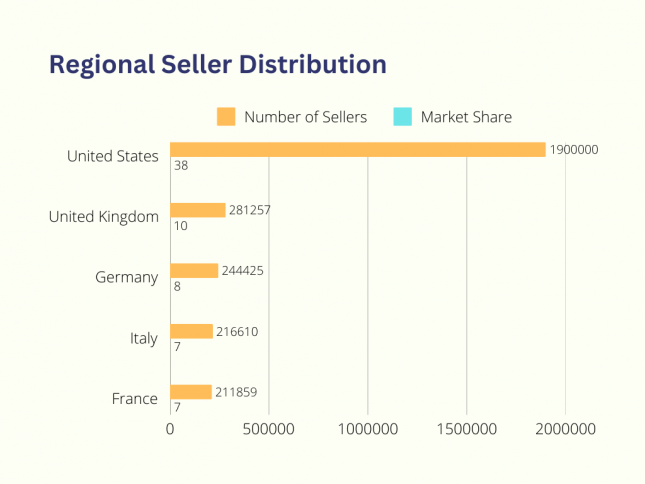
Regional Seller Distribution of Amazon Sellers across US, UK, Germany, Italy, and France.
What makes Amazon particularly attractive for new sellers is its robust infrastructure and built-in trust. When customers shop on Amazon, they shop with confidence, knowing they’re protected by Amazon’s customer-friendly policies and reliable delivery systems. This trust translates directly into higher conversion rates for sellers compared to standalone e-commerce websites.
📖Read this blog post on “Why Sell on Amazon” for tips on leveraging Amazon’s infrastructure.
As a seller, if you subscribe to fulfillment by Amazon (FBA), Amazon takes the hassle of storage, shipping, and customer service off your hands, leaving you in charge of marketing and selection of your product. This means you can focus on growing your business without getting bogged down by operational logistics. Amazon provides all the tools you need from managing inventory, optimizing listings, and growing your business.
🎧Check out this podcast on Fulfillment by Amazon (FBA)’s Selection Programme and how it can benefit your business.
The platform’s sophisticated algorithm and search features also make it easier for customers to find your products. With tools like Amazon’s A9 search algorithm, your products can gain visibility based on performance metrics rather than just advertising spend. This levels the playing field for new sellers who might not have large marketing budgets.
🎥Watch this tutorial on Finding The Best Amazon Keywords For Your Listings using BQool’s Keyword Research tool.
Also, Amazon’s mobile app presence means your products are accessible to customers 24/7, with over 150 million mobile users accessing the platform monthly. This mobile-first approach, combined with Amazon’s continuous investment in technology and customer experience, ensures that sellers can reach customers wherever they are, whenever they’re ready to buy.



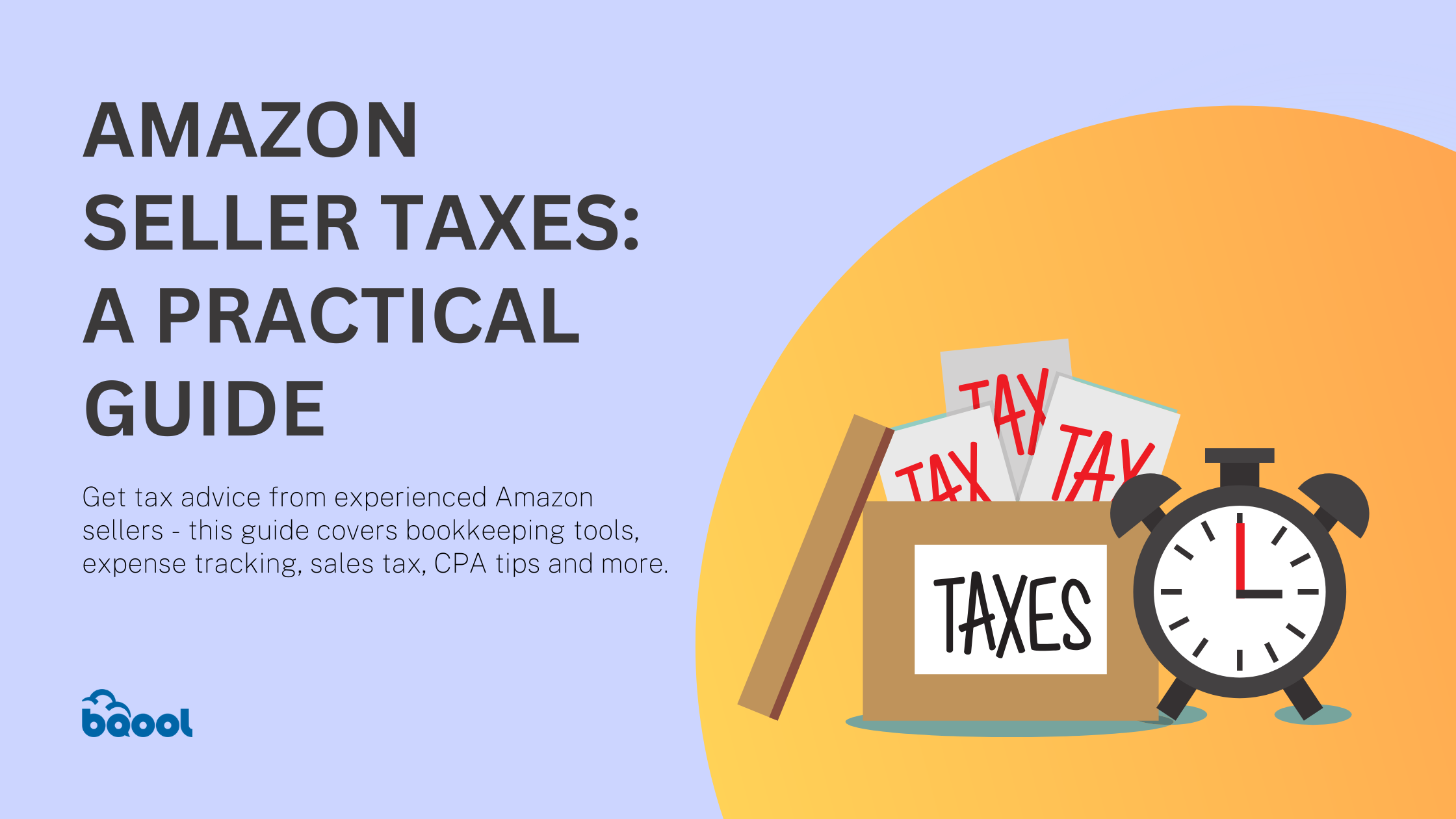
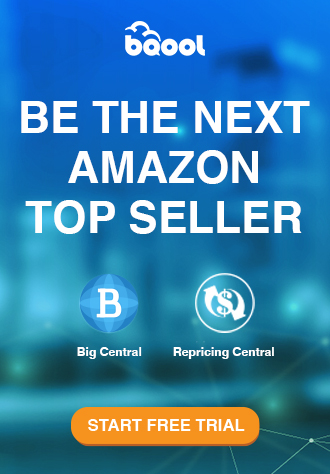




Leave a Reply